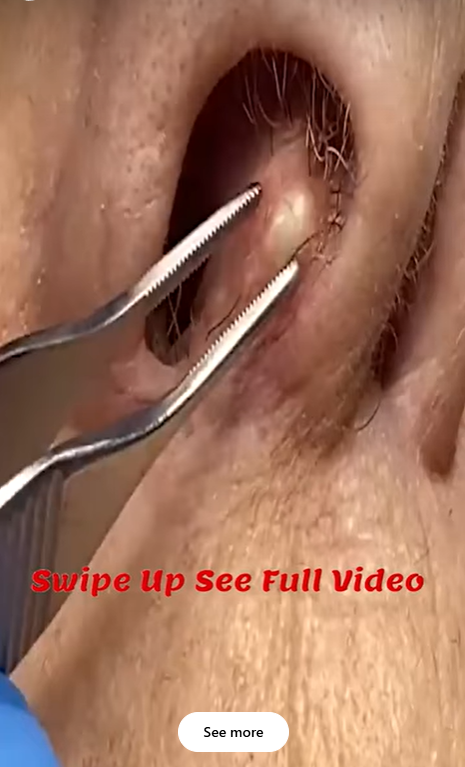Nasal cysts, though often benign, can cause significant discomfort and cosmetic concerns for many individuals. De-roofing of nasal cysts is a common and effective surgical procedure that can help alleviate these issues. In this guide, we’ll explore what de-roofing is, when it’s necessary, and the benefits it offers.

What is a Nasal Cyst?
A nasal cyst is a fluid-filled sac that forms in the nasal cavity or sinuses. These cysts can occur due to blockages in the mucous glands or other structural issues within the nasal passages. Nasal cysts can vary in size and may be asymptomatic or cause symptoms such as nasal congestion, pain, or pressure in the face. Some individuals may also experience difficulty breathing through the nose or chronic sinus infections.
Understanding the De-Roofing Procedure
De-roofing is a surgical technique used to remove a nasal cyst by removing its “roof” or the upper portion of the cyst. The goal of this procedure is to completely evacuate the cystic contents and ensure the cyst doesn’t return. Unlike traditional excision methods, de-roofing focuses on removing the cyst lining and draining the cyst rather than excising the entire cyst sac. This technique is typically performed for benign cysts, such as mucoceles or epidermoid cysts, that are confined to the nasal passages or sinuses.
Why is De-Roofing Needed?
The de-roofing of a nasal cyst is often recommended for the following reasons:
- Persistent Symptoms: If the cyst causes chronic nasal congestion, difficulty breathing, or facial pain that doesn’t resolve with conservative treatments like medications or decongestants.
- Cyst Growth: If the cyst continues to grow over time, putting pressure on surrounding tissues and causing more significant symptoms.
- Recurrence: When the cyst keeps coming back after initial drainage or other treatments.
- Cosmetic Concerns: Nasal cysts, especially those that are visible externally, can lead to cosmetic concerns that affect an individual’s confidence or self-esteem.
The De-Roofing Procedure: Step-by-Step
- Pre-Surgical Evaluation: Before the procedure, a thorough evaluation is conducted. This may include a physical exam, imaging studies like CT scans, and discussions regarding the patient’s health history.
- Anesthesia: The procedure is usually performed under local anesthesia with or without sedation, depending on the size and location of the cyst. In some cases, general anesthesia may be required for more complex cases.
- Incision and Cyst Access: The surgeon will make a small incision either inside the nasal cavity or just beneath the surface, depending on the cyst’s location. The cyst is carefully accessed to minimize damage to surrounding tissues.
- De-Roofing the Cyst: The surgeon removes the cyst’s “roof,” or upper portion, which allows the cyst to drain and heal. This step ensures that the cyst’s contents are cleared, and the lining is removed to prevent recurrence.
- Wound Closure: In most cases, the incision is small, and only a few sutures are needed to close the site. If performed inside the nasal cavity, the incision may be self-healing and may not require external sutures.
- Post-Operative Care: After the procedure, patients are typically monitored for a brief period and given instructions for aftercare. This may include using saline sprays, avoiding nasal trauma, and following up with the surgeon to monitor healing.
Benefits of De-Roofing Nasal Cyst
- Effective Symptom Relief: By removing the cyst and its contents, de-roofing often leads to immediate relief from symptoms like nasal blockage, pain, and sinus pressure.
- Minimized Risk of Recurrence: Unlike traditional cyst excision methods, de-roofing removes the cyst’s lining, reducing the chances of the cyst reappearing.
- Less Invasive: Since de-roofing doesn’t involve full excision of the cyst, the procedure is less invasive and typically results in a quicker recovery time.
- Improved Quality of Life: For many patients, the removal of the cyst restores normal breathing and reduces discomfort, significantly improving overall quality of life.
- Cosmetic Benefits: If the cyst is visible externally or affecting the nasal appearance, de-roofing can lead to a more aesthetically pleasing outcome.
Risks and Considerations
Like any medical procedure, de-roofing of a nasal cyst carries some risks. These include:
- Infection at the surgical site
- Bleeding or bruising
- Recurrence of the cyst, though this is less common with de-roofing
- Scarring, especially if the incision is made externally
- Nasal discomfort or crusting during recovery
However, these risks are generally low, and the procedure is considered safe for most patients. It’s essential to follow post-operative instructions and attend follow-up appointments to monitor healing.
Conclusion
De-roofing of nasal cysts is a highly effective and minimally invasive procedure that offers lasting relief from cyst-related symptoms. Whether the cyst is causing pain, nasal blockage, or cosmetic concerns, de-roofing provides an excellent treatment option. By removing the cyst’s lining and promoting drainage, the procedure significantly reduces the risk of recurrence while improving the overall quality of life for patients.
If you suspect you have a nasal cyst or are experiencing symptoms, it’s important to consult with a qualified ENT (Ear, Nose, and Throat) specialist to discuss potential treatment options. Early intervention can help prevent complications and ensure the best possible outcome for your nasal health.
